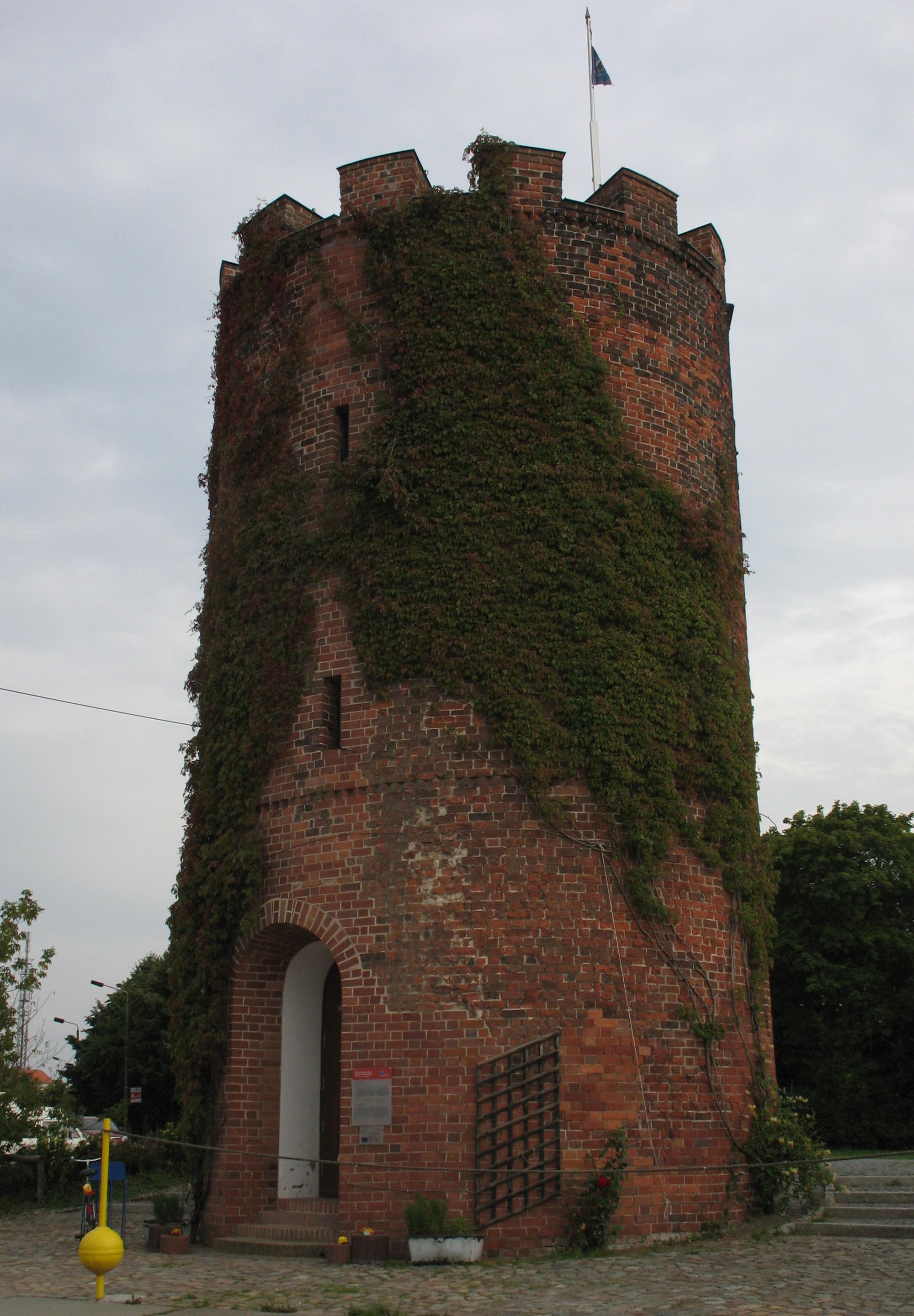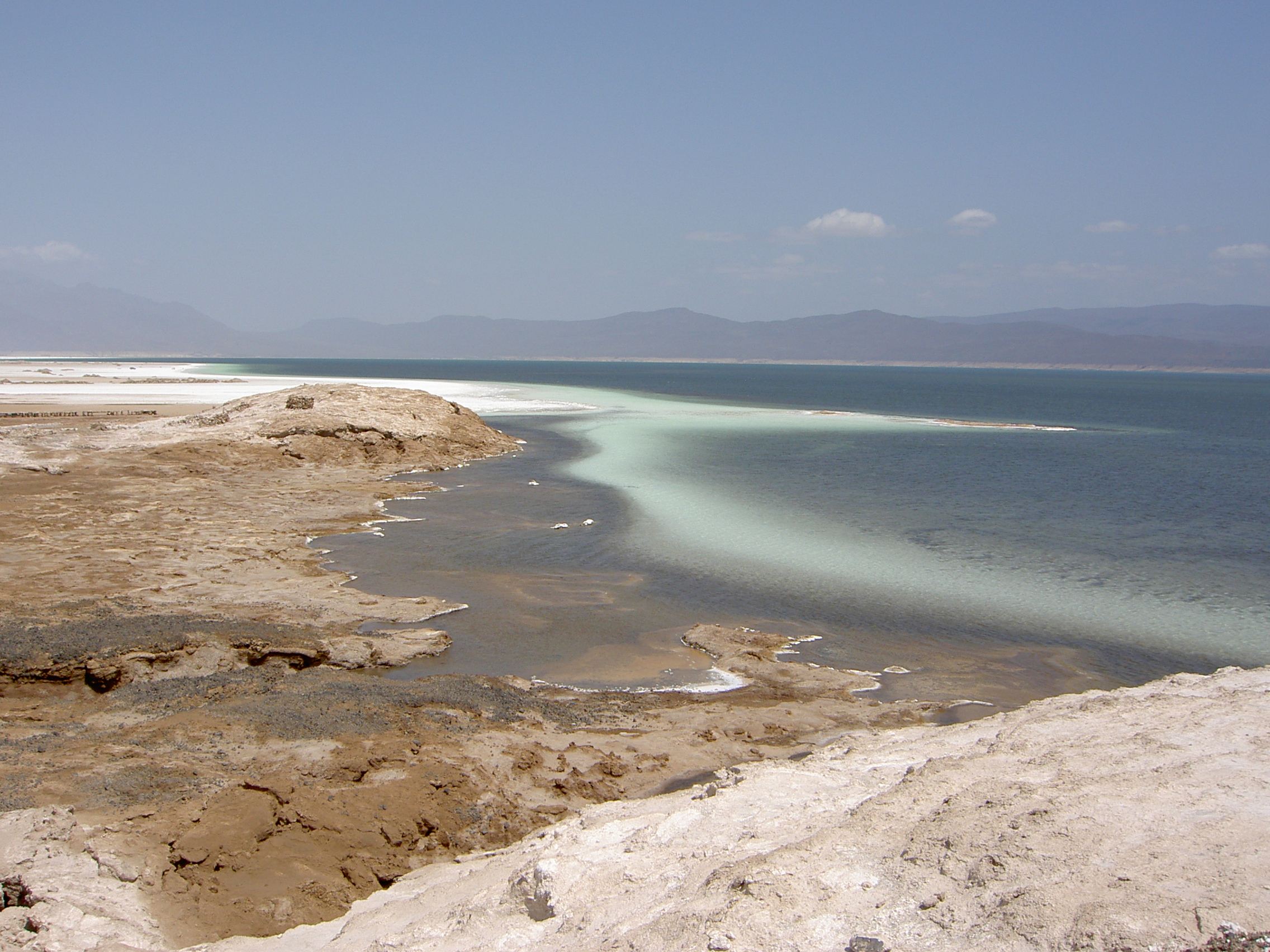|
Ryck
The Ryck is a river in Mecklenburg-Vorpommern, Germany. From its source near Bartmannshagen, part of the Süderholz community northeast of Grimmen, the Ryck flows for about to the east, reaching Greifswald shortly before its mouth. The larger part of the river outside Greifswald is also referred to as ''Ryckgraben''. In Greifswald, the Ryck provided both the medieval Hanseatic port and natural salt evaporation ponds, as due to the low elevation, hypersaline water of the Baltic Sea is driven into the river by the wind, flooding the lower meadows on the Ryck's northern bank. In the High Middle Ages, the Ryck marked the southern border of the Principality of Rügen and the northern border of the County of Gützkow. West of Greifswald, the Ryck fed the ''Boltenhägener Teich'', a medieval lake. The old Hanseatic port in Greifswald is now an open-air ship museum. Image:Caspar David Friedrich 043.jpg, "Meadows near Greifswald" Caspar David Friedrich Caspar David Friedrich ( ... [...More Info...] [...Related Items...] OR: [Wikipedia] [Google] [Baidu] |
Greifswald
Greifswald (), officially the University and Hanseatic City of Greifswald (german: Universitäts- und Hansestadt Greifswald, Low German: ''Griepswoold'') is the fourth-largest city in the German state of Mecklenburg-Western Pomerania after Rostock, Schwerin and Neubrandenburg. In 2021 it surpassed Stralsund for the first time, and became the largest city in the Pomeranian part of the state. It sits on the River Ryck, at its mouth into the Danish Wiek (''Dänische Wiek''), a sub-bay of the Bay of Greifswald (''Greifswalder Bodden''), which is itself a sub-bay of the Bay of Pomerania (''Pommersche Bucht'') of the Baltic Sea. It is the seat of the district of Western Pomerania-Greifswald, and is located roughly in the middle between the two largest Pomeranian islands of Rugia (''Rügen'') and Usedom. The closest larger cities are Stralsund, Rostock, Szczecin and Schwerin. It lies west of the River Zarow, the historical cultural and linguistic boundary between West (west of the r ... [...More Info...] [...Related Items...] OR: [Wikipedia] [Google] [Baidu] |
Principality Of Rügen
The Principality of Rügen; da, Fyrstendømmet Rygien; pl, Księstwo rugijskie; la, Rugia was a Danish principality, formerly a duchy, consisting of the island of Rügen and the adjacent mainland from 1168 until 1325. It was governed by a local dynasty of princes of the ''Wizlawiden'' (''House of Wizlaw'') dynasty. For at least part of this period, Rügen was subject to the Holy Roman Empire. Danish conquest and conversion The Danes conquered the Rani stronghold of Arkona in 1168. The rulers of the Rani became vassals of the Danish king, and the Slavic population was gradually Christianized. In the 12th century, the Duchy of Rügen not only functioned as a bridgehead for Danish expansions into ''Vendland'', but also Rani forces successfully participated in Danish raids into Circipania and areas conquered by Pomerania's Wartislaw I in the 1120s. After Pomerania became part of the Holy Roman Empire in 1181, it sent out a navy in 1184 to subdue Rügen for the empire, too. ... [...More Info...] [...Related Items...] OR: [Wikipedia] [Google] [Baidu] |
County Of Gützkow
The County of Gützkow (german: Grafschaft Gützkow) was a county in the Duchy of Pomerania in the High Middle Ages. It was established in 1129 from the Castellany of Gützkow. Following the death of its last count in 1359, it was reestablished into the Vogtei Gützkow. County of Gützkow (1219-1359) Wartislaw was castellan of Gützkow until his death in 1219. His wife Dobroslawa, daughter of Bogislaw II, Duke of Pomerania, was styled Countess of Gützkow in a 1226 document approving the transfer of various lands to the nearby Stolpe Abbey. In 1234, Dobroslawa married the German noble Jaczo von Salzwedel, who expanded the old burgh on Gützkow's ''Schlossberg'' hill with stone buildings. Around 1230, German settlers were invited to the sparsely settled central and northern areas devastated by earlier warfare. The German settlement was part of the pattern of larger migrations and social changes known as ''Ostsiedlung'' ("eastwards settlement"). Hanshagen was named after Count ... [...More Info...] [...Related Items...] OR: [Wikipedia] [Google] [Baidu] |
Western Pomerania
Historical Western Pomerania, also called Cispomerania, Fore Pomerania, Front Pomerania or Hither Pomerania (german: Vorpommern), is the western extremity of the historic region of Pomerania forming the southern coast of the Baltic Sea, Western Pomerania's boundaries have changed through the centuries as it belonged to various countries such as Poland, the Duchy of Pomerania (later part of the Holy Roman Empire), Sweden, Denmark, as well as Prussia which incorporated it as the Province of Pomerania. Today, the region embraces the whole area of Pomerania west of the Oder River, small bridgeheads east of the river, as well as the islands in the Szczecin Lagoon. Its majority forms part of Germany and has been divided between the states of Mecklenburg-Western Pomerania and Brandenburg, with the cities of Stralsund ( pl, link=no, Strzałów) and Greifswald ( pl, link=no, Gryfia), as well as towns such as Ribnitz-Damgarten (Damgarten only), Bergen auf Rügen (Rügen Island), Anklam ... [...More Info...] [...Related Items...] OR: [Wikipedia] [Google] [Baidu] |
Hanse
The Hanseatic League (; gml, Hanse, , ; german: label=German language, Modern German, Deutsche Hanse) was a Middle Ages, medieval commercial and defensive confederation of merchant guilds and market towns in Central Europe, Central and Northern Europe, Northern Europe. Growing from a few Northern Germany, North German towns in the late 12th century, the League ultimately encompassed nearly 200 settlements across seven modern-day countries; at its height between the 13th and 15th centuries, it stretched from the Netherlands in the west to Russia in the east, and from Estonia in the north to Kraków, Poland in the south. The League originated from various loose associations of German traders and towns formed to advance mutual commercial interests, such as protection against piracy and banditry. These arrangements gradually coalesced into the Hanseatic League, whose traders enjoyed Duty-free trade, duty-free treatment, protection, and diplomatic privileges in affiliated communitie ... [...More Info...] [...Related Items...] OR: [Wikipedia] [Google] [Baidu] |
Rivers Of Mecklenburg-Western Pomerania
A river is a natural flowing watercourse, usually freshwater, flowing towards an ocean, sea, lake or another river. In some cases, a river flows into the ground and becomes dry at the end of its course without reaching another body of water. Small rivers can be referred to using names such as Stream#Creek, creek, Stream#Brook, brook, rivulet, and rill. There are no official definitions for the generic term river as applied to Geographical feature, geographic features, although in some countries or communities a stream is defined by its size. Many names for small rivers are specific to geographic location; examples are "run" in some parts of the United States, "Burn (landform), burn" in Scotland and northeast England, and "beck" in northern England. Sometimes a river is defined as being larger than a creek, but not always: the language is vague. Rivers are part of the water cycle. Water generally collects in a river from Precipitation (meteorology), precipitation through a ... [...More Info...] [...Related Items...] OR: [Wikipedia] [Google] [Baidu] |
Caspar David Friedrich
Caspar David Friedrich (5 September 1774 – 7 May 1840) was a 19th-century German Romantic landscape painter, generally considered the most important German artist of his generation. He is best known for his mid-period allegorical landscapes, which typically feature contemplative figures silhouetted against night skies, morning mists, barren trees or Gothic ruins. His primary interest was the contemplation of nature, and his often symbolic and anti- classical work seeks to convey a subjective, emotional response to the natural world. Friedrich's paintings characteristically set a human presence in diminished perspective amid expansive landscapes, reducing the figures to a scale that, according to the art historian Christopher John Murray, directs "the viewer's gaze towards their metaphysical dimension". Friedrich was born in the town of Greifswald on the Baltic Sea in what was at the time Swedish Pomerania. He studied in Copenhagen until 1798, before settling in Dresden. He ... [...More Info...] [...Related Items...] OR: [Wikipedia] [Google] [Baidu] |
High Middle Ages
The High Middle Ages, or High Medieval Period, was the periodization, period of European history that lasted from AD 1000 to 1300. The High Middle Ages were preceded by the Early Middle Ages and were followed by the Late Middle Ages, which ended around AD 1500 (by historiography, historiographical convention). Key historical trends of the High Middle Ages include the medieval demography, rapidly increasing population of Europe, which brought about great social and political change from the preceding era, and the Renaissance of the 12th century, including the first developments of rural exodus and urbanization. By 1250, the robust population increase had greatly benefited the European economy, which reached levels that would not be seen again in some areas until the 19th century. That trend faltered during the Late Middle Ages because of a Crisis of the Late Middle Ages, series of calamities, most notably the Black Death, but also numerous wars as well as economic stagnation. Fro ... [...More Info...] [...Related Items...] OR: [Wikipedia] [Google] [Baidu] |
Hypersaline
A hypersaline lake is a landlocked body of water that contains significant concentrations of sodium chloride, brines, and other salts, with saline levels surpassing that of ocean water (3.5%, i.e. ). Specific microbial species can thrive in high-salinity environments that are inhospitable to most lifeforms, including some that are thought to contribute to the colour of pink lakes. Some of these species enter a dormant state when desiccated, and some species are thought to survive for over 250 million years. The water of hypersaline lakes has great buoyancy due to its high salt content. Hypersaline lakes are found on every continent, especially in arid or semi-arid regions. In the Arctic, the Canadian Devon Ice Cap contains two subglacial lakes that are hypersaline. In Antarctica, there are larger hypersaline water bodies, lakes in the McMurdo Dry Valleys such as Lake Vanda with salinity of over 35% (i.e. 10 times as salty as ocean water). The most saline water body in the ... [...More Info...] [...Related Items...] OR: [Wikipedia] [Google] [Baidu] |
Salt Evaporation Ponds
A salt evaporation pond is a shallow artificial salt pan designed to extract salts from sea water or other brines. The Salt pans are shallow and large of size because it will be easier for sunlight to travel and reach the sea water. Natural salt pans are geological formations that are also created by water evaporating and leaving behind salts. Some salt evaporation ponds are only slightly modified from their natural version, such as the ponds on Great Inagua in the Bahamas, or the ponds in Jasiira, a few kilometres south of Mogadishu, where seawater is trapped and left to evaporate in the sun. The seawater or brine is fed into large ponds and water is drawn out through natural evaporation which allows the salt to be subsequently harvested. The ponds also provide a productive resting and feeding ground for many species of waterbirds, which may include endangered species. The ponds are commonly separated by levees. Salt evaporation ponds may also be called salterns, salt works or ... [...More Info...] [...Related Items...] OR: [Wikipedia] [Google] [Baidu] |
Süderholz
Süderholz is a municipality in the Vorpommern-Rügen district, in Mecklenburg-Vorpommern, Germany Germany,, officially the Federal Republic of Germany, is a country in Central Europe. It is the second most populous country in Europe after Russia, and the most populous member state of the European Union. Germany is situated betwe .... It was created as a merger from several municipalities on 1 January 1999 (indicated in italics) and comprises the following villages: left, 300px, Chapel in Griebenow References {{VorpommernRügen-geo-stub ... [...More Info...] [...Related Items...] OR: [Wikipedia] [Google] [Baidu] |






